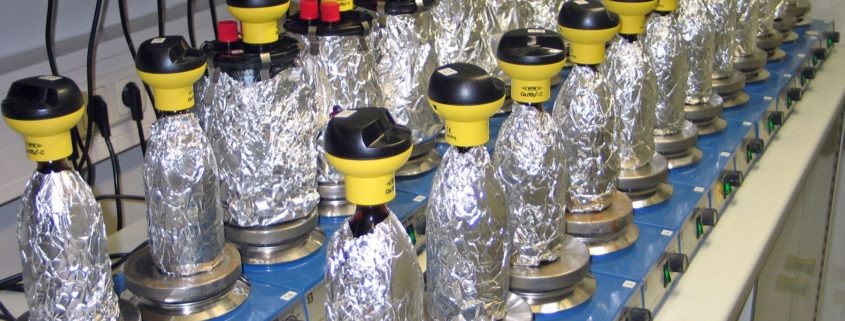Report published on ‘Assessment of environmental persistence’
A literature study was performed to review the applicability of established and new tests for biodegradability for assessing persistence in the frame of PBT and vPvB assessments under REACH. Screening tests for ready and inherent biodegradability, proposals for enhanced ready tests as well as newly designed compartment-specific screening tests were analysed for strengths and weaknesses, and proposals are made how to improve their performance and suitability for assessments of persistence. Although not in the focus of this study, some recommendations are also given for simulation tests (OECD test guidelines 307, 308, 309) in the context of evaluating persistence.
Recommendations focus on defining, standardising and optimising test conditions, on validity criteria and on interpretation of test results. In the case of enhanced screening tests, it is critically discussed which test modifications could be introduced without challenging the screening nature of the tests. Furthermore, specific issues are addressed, such as non-extractable residues in tests with soil and sediment, and substances difficult to test in standard tests (e.g. poorly water soluble and highly volatile substances, and substances of unknown or variable composition).
For additional information, see the project report:
Gartiser, S., Schneider, K., Schwarz, M.A., Junker, T. (2017). Assessment of environmental persistence: regulatory requirements and practical possibilities – available test systems, identification of technical constraints and indication of possible solutions. UBA-Texte 10/2017.
This work was funded by the German Environment Agency (project no. 54429).
For further new publications, see ECT’s publication list.



